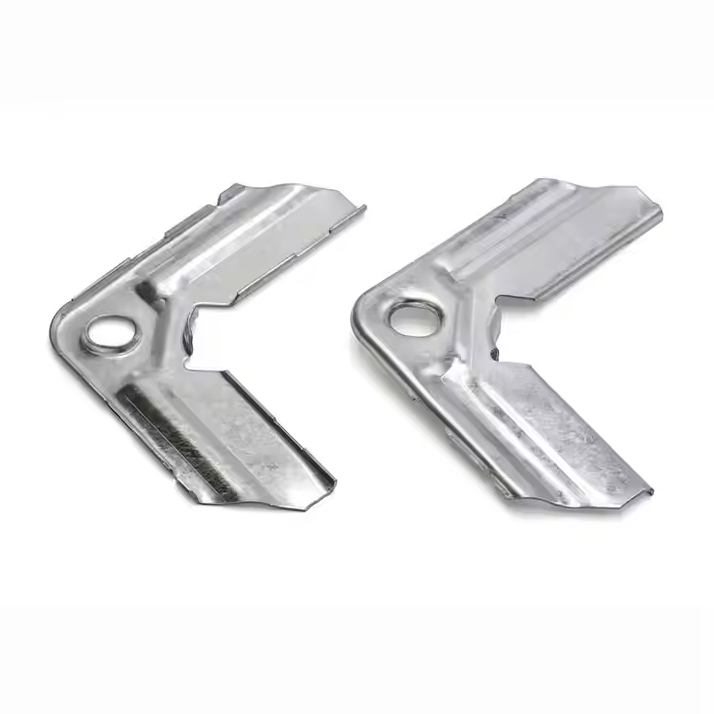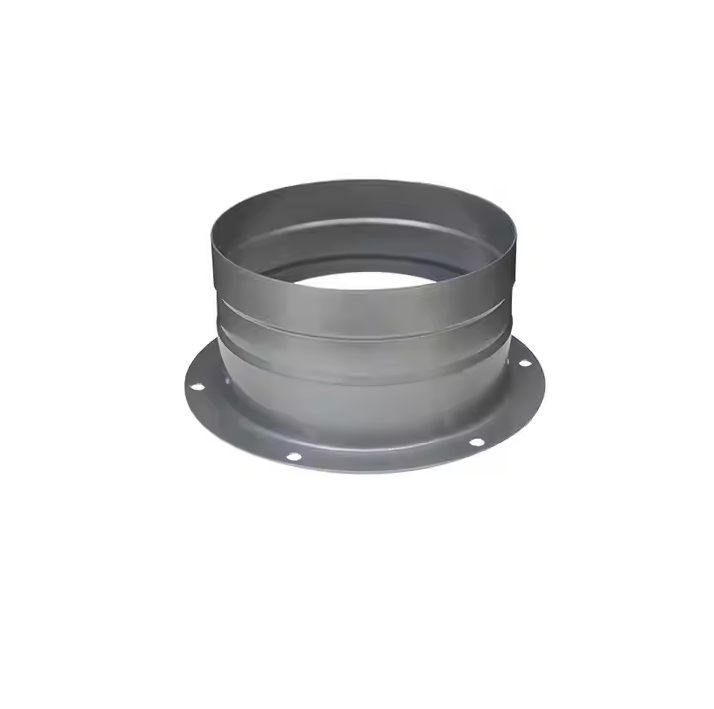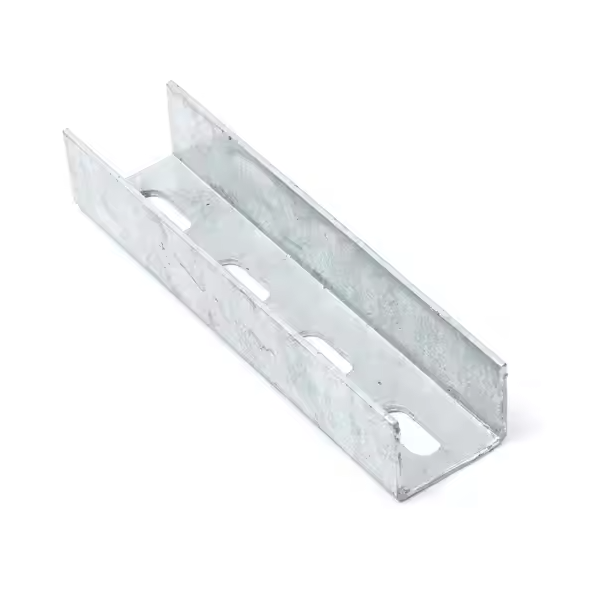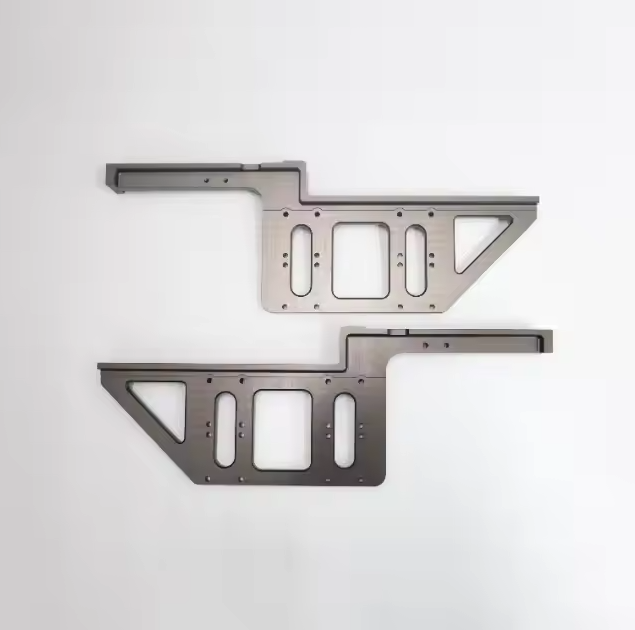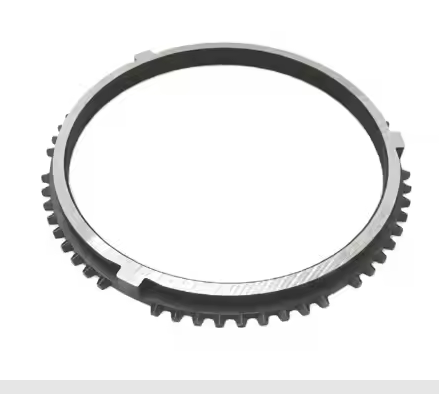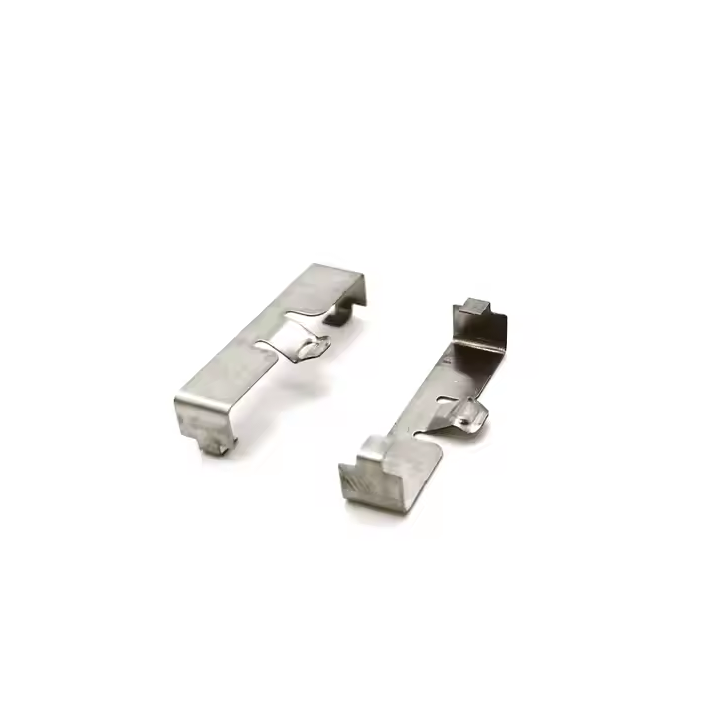In modern manufacturing, with the continuous improvement of product performance, quality and precision requirements, surface roughness, as an important technical indicator, has received widespread attention. Surface roughness not only reflects the microscopic characteristics of parts, but also directly affects key performances such as friction, wear, sealing and appearance. In many fields such as mechanical engineering, aerospace, automotive industry and medical equipment, the appropriate selection and control of surface roughness often determines the success of the product.
What is surface roughness
Surface roughness is a measure of the microscopic unevenness of an object's surface, which reflects the surface texture and topographic characteristics. Surface roughness is an important parameter that has a wide range of impacts in different engineering applications, especially in the fields of mechanical engineering, manufacturing and materials science.
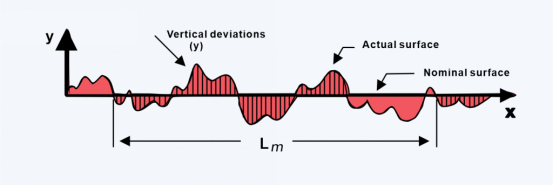
Factors affecting surface roughness
Processing method
Different processing techniques (such as milling, turning, grinding, etc.) have different effects on surface roughness. Generally speaking, grinding can produce smoother surfaces.
Cutting parameters
Cutting parameters such as cutting speed, feed rate and cutting depth directly affect surface roughness. Higher cutting speeds and lower feed rates usually produce smoother surfaces.
Tool condition
The wear, running-in degree and shape of the cutting tool will affect the surface quality after processing.
Importance of surface roughness
Functionality
Surface roughness directly affects the friction coefficient, sealing performance, etc. of parts, which in turn affects their functions. For example, moving parts often require lower roughness to reduce friction and wear.
Aesthetics
Smooth surfaces are often more beautiful in appearance or are the characteristics of some high-end products.
Post-processing
Some surface treatments (such as spraying, plating, etc.) have high requirements on the surface roughness of raw materials. Too high or too low may affect the final effect.
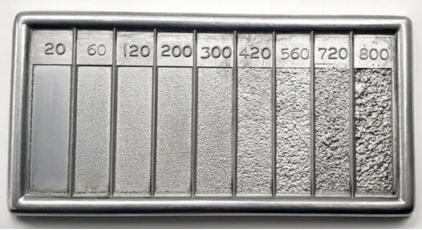
Guidelines for selecting surface roughness
1. Consider application requirements
Functionality: Different applications have different requirements for surface roughness. For example, moving parts may require a lower surface roughness to reduce friction and wear.
Sealability: If the part needs to be sealed (such as pump bodies and valves), a lower roughness should be selected to ensure good contact surfaces and sealing performance.
2. Material characteristics
Material type: Different materials (metals, plastics, ceramics, etc.) have different processing characteristics and their effects on surface roughness. For example, some plastics may not maintain sufficient strength on very rough surfaces.
Surface treatment: If the part will be plated, sprayed or otherwise treated in the future, the effect of these treatments on surface roughness should be considered.
3. Processing technology
Cutting tools and their characteristics: The cutting tools and processing methods used (such as milling, turning, grinding, etc.) will affect the final surface quality. High-precision tools generally produce smoother surfaces.
Cutting parameters: Cutting speed, feed rate and cutting depth affect the surface roughness. Generally speaking, higher cutting speeds and lower feed rates help to achieve smoother surfaces.
4. Industry standards
Different industries have different standards and regulations, such as the automotive, aerospace, and medical industries. Referencing relevant industry standards (such as ISO 1302 or ASME Y14.100) can help determine the appropriate surface roughness.
5. Economy
Surface roughness is generally inversely proportional to processing costs, and smoother surfaces often require more complex processing and more time. Therefore, choosing a reasonable roughness level can help control costs while meeting performance requirements.
6. Surface roughness parameters
Surface roughness is usually expressed in parameters such as Ra or Rz. Ra (arithmetic mean roughness) is the most commonly used parameter, but in some cases, Rz (ten-point height) may be more able to reflect the actual surface characteristics.
7. Production capacity
Make sure the selected surface roughness is within your existing production capacity. Consider the equipment you use and its processing accuracy to avoid unrealistic requirements.
8. Customer needs
Finally, communicate with customers to understand their specific needs and expectations. If customers have special requirements for surface roughness, they need to be clarified and implemented.
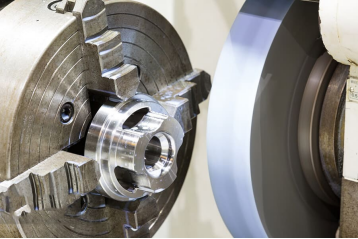
Accurately understanding and measuring surface roughness is the basis for improving manufacturing efficiency and product quality. During the machining process, multiple factors such as machining technology, material properties, cutting parameters, etc. will have a profound impact on the final surface quality. Therefore, engineers and designers need to consider the choice of surface roughness in depth at the early stage of design to ensure that it meets the needs of specific applications.
